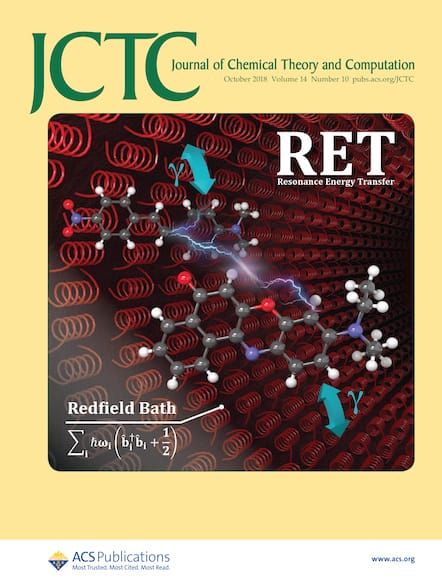强相关系统的从头算价键理论。
IF 5.7
1区 化学
Q2 CHEMISTRY, PHYSICAL
引用次数: 0
摘要
强相关体系具有显著的多构型特征,是量子化学研究的一个长期挑战。虽然基于分子轨道(MO)的多构型自洽场方法(如CASSCF和CASPT2)已成为处理此类体系的标准工具,但价键(VB)理论提供了一种概念上独特且化学上直观的替代方法。VB理论植根于经典的路易斯结构框架,提供了电子对的紧凑和局部描述,使其特别适合于强相关系统。本文综述了从头算VB方法的方法论发展和实际应用,包括VB自洽场(VBSCF)、呼吸轨道VB (BOVB)、VB组态相互作用(VBCI)、VB摄动理论(VBPT2)和密度泛函VB (DFVB)方法。特别是,VBPT2和DFVB方法能够精确地处理键解离、激发能和反应势垒。基准比较表明,基于vb的方法实现的性能可与已建立的基于mo的方法媲美。这些发现强调了VB理论作为一个强大的、可解释的框架的前景,可以促进对强相关系统的理论理解。本文章由计算机程序翻译,如有差异,请以英文原文为准。
Ab Initio Valence Bond Theory for Strongly Correlated Systems.
Strongly correlated systems, characterized by significant multiconfigurational character, pose a persistent challenge in quantum chemistry. While molecular orbital (MO)-based multiconfigurational self-consistent field methods such as CASSCF and CASPT2 have become standard tools for treating such systems, valence bond (VB) theory offers a conceptually distinct and chemically intuitive alternative. Rooted in the classical Lewis structure framework, VB theory provides a compact and localized description of electron pairing, making it especially well-suited for strongly correlated systems. This review presents a comprehensive overview of the methodological development and practical applications of ab initio VB approaches, including VB self-consistent field (VBSCF), breathing orbital VB (BOVB), VB configuration interaction (VBCI), VB perturbation theory (VBPT2), and density functional VB (DFVB) methods. Particularly, the VBPT2 and DFVB methods enable accurate treatment of bond dissociation, excitation energies, and reaction barriers. Benchmark comparisons demonstrate that VB-based methods achieve performance comparable to established MO-based methods. The findings highlight the promise of VB theory as a powerful and interpretable framework for advancing the theoretical understanding of strongly correlated systems.
求助全文
通过发布文献求助,成功后即可免费获取论文全文。
去求助
来源期刊

Journal of Chemical Theory and Computation
化学-物理:原子、分子和化学物理
CiteScore
9.90
自引率
16.40%
发文量
568
审稿时长
1 months
期刊介绍:
The Journal of Chemical Theory and Computation invites new and original contributions with the understanding that, if accepted, they will not be published elsewhere. Papers reporting new theories, methodology, and/or important applications in quantum electronic structure, molecular dynamics, and statistical mechanics are appropriate for submission to this Journal. Specific topics include advances in or applications of ab initio quantum mechanics, density functional theory, design and properties of new materials, surface science, Monte Carlo simulations, solvation models, QM/MM calculations, biomolecular structure prediction, and molecular dynamics in the broadest sense including gas-phase dynamics, ab initio dynamics, biomolecular dynamics, and protein folding. The Journal does not consider papers that are straightforward applications of known methods including DFT and molecular dynamics. The Journal favors submissions that include advances in theory or methodology with applications to compelling problems.
 求助内容:
求助内容: 应助结果提醒方式:
应助结果提醒方式:


